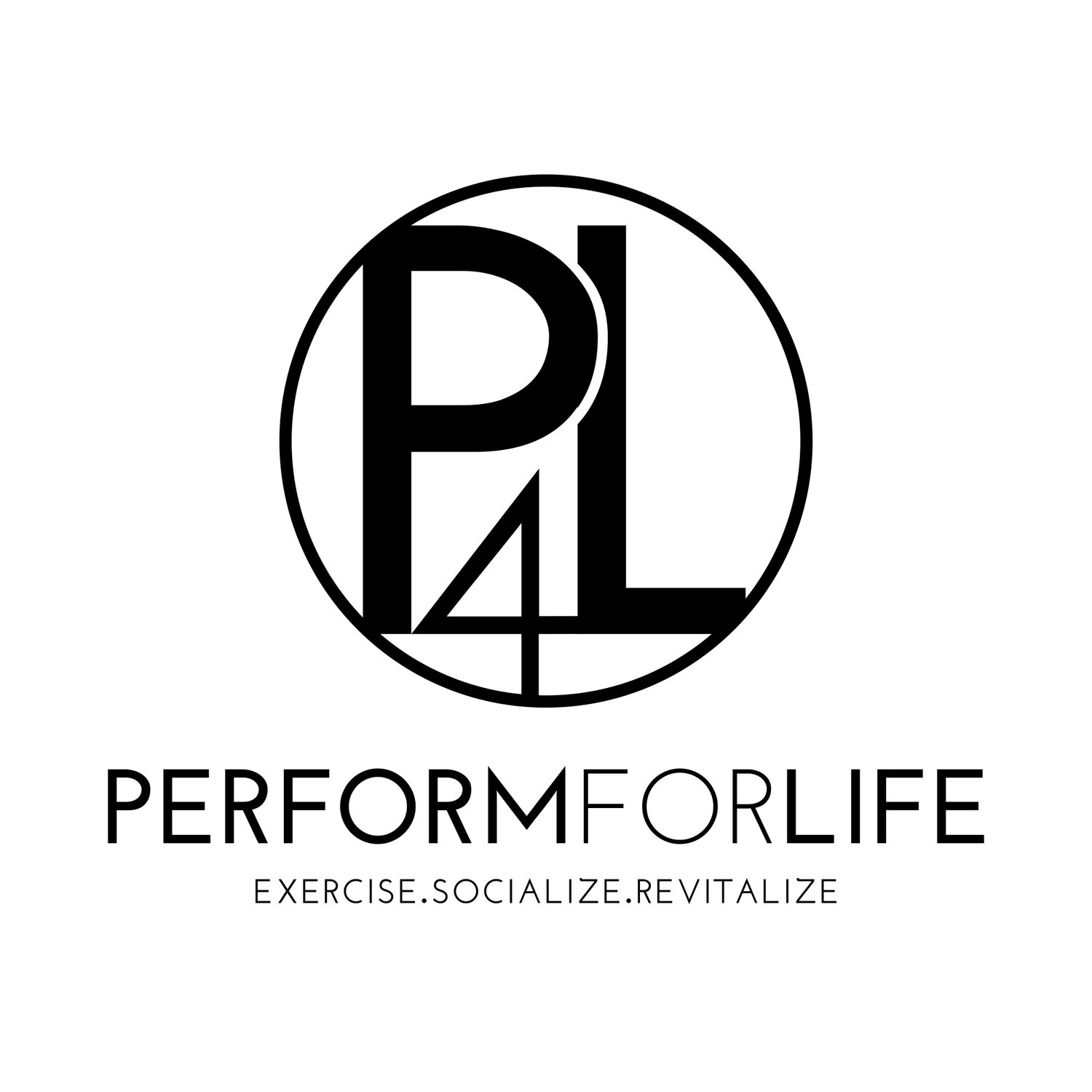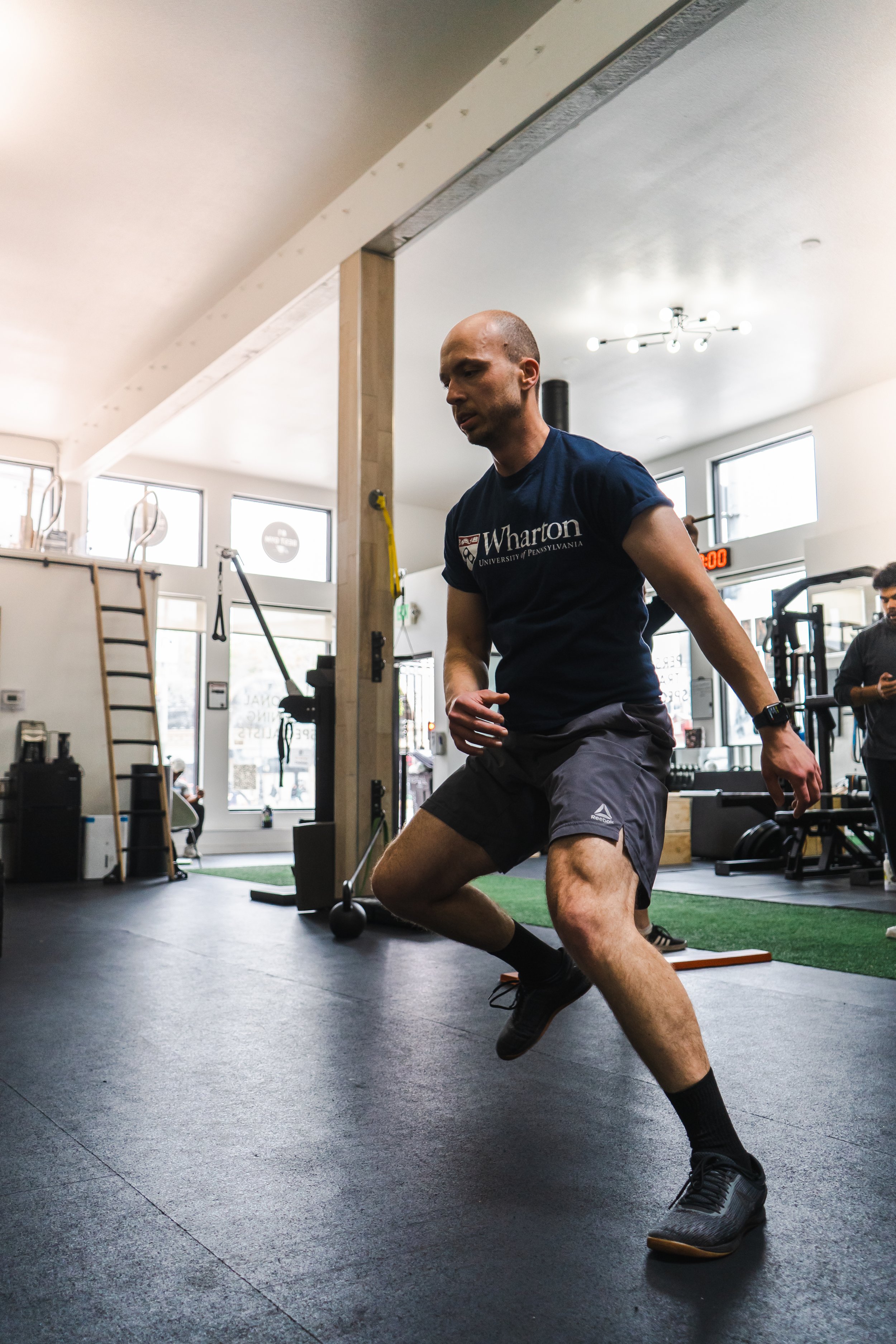4 Tips for Rehabilitation
Many people who have pain from injuries, accidents, disease or just the activities of everyday life seek help to solve their problems. Often times, they’re able to see a physical therapist or another health practitioner who will diagnose what’s causing the pain, perform appropriate treatment, and give directions on how to proceed with rehabilitation. The practitioner may guide the patient in person through his or her rehab or may assign exercises for the individual to do at home at a certain frequency or for a specific length of time.
Physical therapy and rehabilitation are fantastic and help many people in pain, but they can at times be very monotonous and frustrating because being in pain is hard. Tasks and movements that were simple and taken for granted before now cause suffering and may even be impossible to do. Additionally, the rehabilitation process can be quite lengthy, especially if there is severe damage from injury or disease. Patients with pain often go through many emotional battles not just from the physical pain itself, but from the impact it can have on their lives.
But with diligence in rehabilitation, a strategic approach to the body, and the right mindset, most people can come out of pain. If you’re in pain, seek help from a health practitioner for guidance on what to do. And if you’re in the thick of recovery, hopefully, these tips can help you on your way.
1. Celebrate every victory, no matter how small.
If you were bedridden yesterday, be grateful that you can now get up. If you could barely stand yesterday, be excited about the fact that you can now jump. If you could slowly walk yesterday, be proud that you can now run. Even if you get up slow, or you don’t jump as high, or you don’t run as fast, progress is progress. Okay, we don’t usually heal overnight, but my point is that celebrating victories is about appreciating the details - maybe it hurts less when you try to touch your toes, maybe it used to hurt as soon as you lifted your arm and now it only hurts when you reach above your head. Manage your expectations and set realistic goals so that you won’t be disappointed and will stay motivated to keep pushing forward.
2. Don’t fight through the pain.
We’ve all heard the phrase, “no pain, no gain.” Maybe in the past, we’ve been pushed and pushed by coaches while we work out to “Fight through the pain!” Understand that (hopefully) these are references to pushing through challenge and muscle “burn” and not the literal pain that we feel as sharpness, numbness, or tingling. If an exercise is causing pain, stop doing it. Pain is our body’s way of communicating that we’re putting ourselves at risk of harm, so if an exercise is causing pain, don’t do it, or regress the exercise. Do an easier version that doesn’t trigger symptoms and master that movement before attempting a harder progression. If an exercise is challenging and you feel your muscles working hard, then that’s great - you should practice that, and make sure that you’re getting plenty of rest and recovery as well.
3. Balance the injured and uninjured.
Lots of patients, very commonly, have an injury on only one side. For example, you might have sprained your ankle and then seen a practitioner. He or she recommends that you allow for some rest for healing and so that inflammation can go down and when that’s better, to do mobilization and strengthening exercises, then maybe some balance, stability and even plyometric work. This is all great and it helps with recovery, but what often happens is the formerly injured side heals and becomes better - stronger, more mobile, and more stable - than the uninjured side. While you do your rehab exercises, give both sides, including the healthy side, some love so as to ensure balance and symmetry.
4. Consistency, consistency, and consistency.
At the end of the day, successful rehab comes down to consistency. As with working out, you don’t get results with one good workout. You have to work out consistently, eat nutritious and healthy food consistently, and sleep well consistently to see results over time. You have to do rehab exercises daily because often times you’re trying to break strong compensation patterns, rebuild atrophied muscle, restore stability to important joints, and generally fix biomechanics. It takes great treatment, smart rehab prescription, careful but effective integration and a lot of diligence and commitment to healing and movement to get a worthwhile, long-term result.











